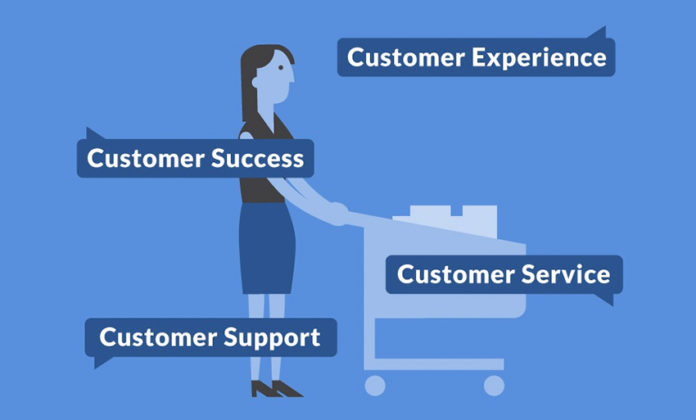Over the last decade, there has been an enormous shift in focus from product to customer. Whereas product quality was once the main priority, customer interaction has taken center stage as the new frontier for achieving competitive advantage. Deep-level communication with customers leads to loyalty if nurtured properly. This loyalty means customer retention and customer retention means retaining market share. No wonder businesses are trending toward this shift so quickly.
Your company is probably no different. The thing is, you also may be using all that “customer” oriented jargon wrong. It is surprising how often people use the following terms interchangeably or incorrectly. Luckily, with this article in your toolbelt, you’ll be one step ahead of the pack!
Customer Support
Support is the advice or help a company provides to customers in case there are queries or concerns. The service is generally offered on a case-by-case basis and it’s purpose is to provide speedy inquiry resolution on demand. An important piece of customer support is also that it is reactive in nature. Customers seek out support and require a response from the company, building loyalty through inbound communication.
Customer Service
Service caters to the customer herself rather than her product issues. The goal is to provide the customer with a solution to their problem rather than specific tips for optimizing product features. Also reactive, customer service takes inbound communication to glean and distill the bigger picture.
Still confused about the difference between support and service? Think about it this way: customer support is for providing a superior product and customer service is for creating a superior consumer interaction process.
Customer Success
Success is the ongoing communication a company has with it’s customer to provide continuous guidance as necessary. The goal of providing high quality customer success management is to build long lasting customer relationships.
Success is primarily proactive. Instead of reacting to a question or putting out a fire, Customer Success Managers (CSMs) are more consultative and focused on building trust. CSMs work closely with their counterparts on the client’s team to develop a keen understanding of their business, making it easier to anticipate and prevent problems.
Most importantly this approach makes it possible to continuously add value beyond the initial sale. Like support and service, the purpose of CSM is not just to retain customers and build loyalty, but to develop long-term partnerships. Like support and service, the purpose customer success management is to retain customers and build loyalty. Unlike the previous two, however, Success Managers can forge long term relationships.
Customer Experience
High quality customer experience is the overarching goal of customer relationship management. The one-on-one interaction of support, emotions of service, and longer range of success come together to create a customer’s impression of the company. A positive impression leads to loyalty and retention, preventing long term loss of market share.
A customer’s impression of a company is also known as its brand. The better experience a customer has, the better their impression will be of the company. Lots of happy customers equals heavy brand growth. The biggest brand in a space – like Uber, Amazon, or Starbucks – will achieve the greatest competitive advantage and will retain the greatest market share.
Could that be your company? Sure, just make sure you are focusing on the umbrella of customer experience along with all of its smaller, essential parts. Don’t mix them up!





